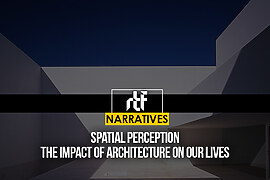What is Architecture?
Architecture is a broad term where the process extends from sketching simple lines on a piece of paper to creating magnificent monuments that stand tall for ages. At its roots, architecture exists to create a physical environment in which people live, but architecture is more than just a built environment, it’s also a part of our culture and background.
Modern or Futuristic Architecture style is using new and contemporary technologies of building construction, particularly the use of glass, metal, and reinforced concrete. Modernism in architecture also alludes to an embrace of minimalism and the dismissal of unnecessary ornamentation, which has been a popular style of construction through various civilizations and ages. It’s the understanding that future generations need sustainable, self-sufficient, minimal structures that have less carbon footprint and fulfil the requirements of an ideal built space.
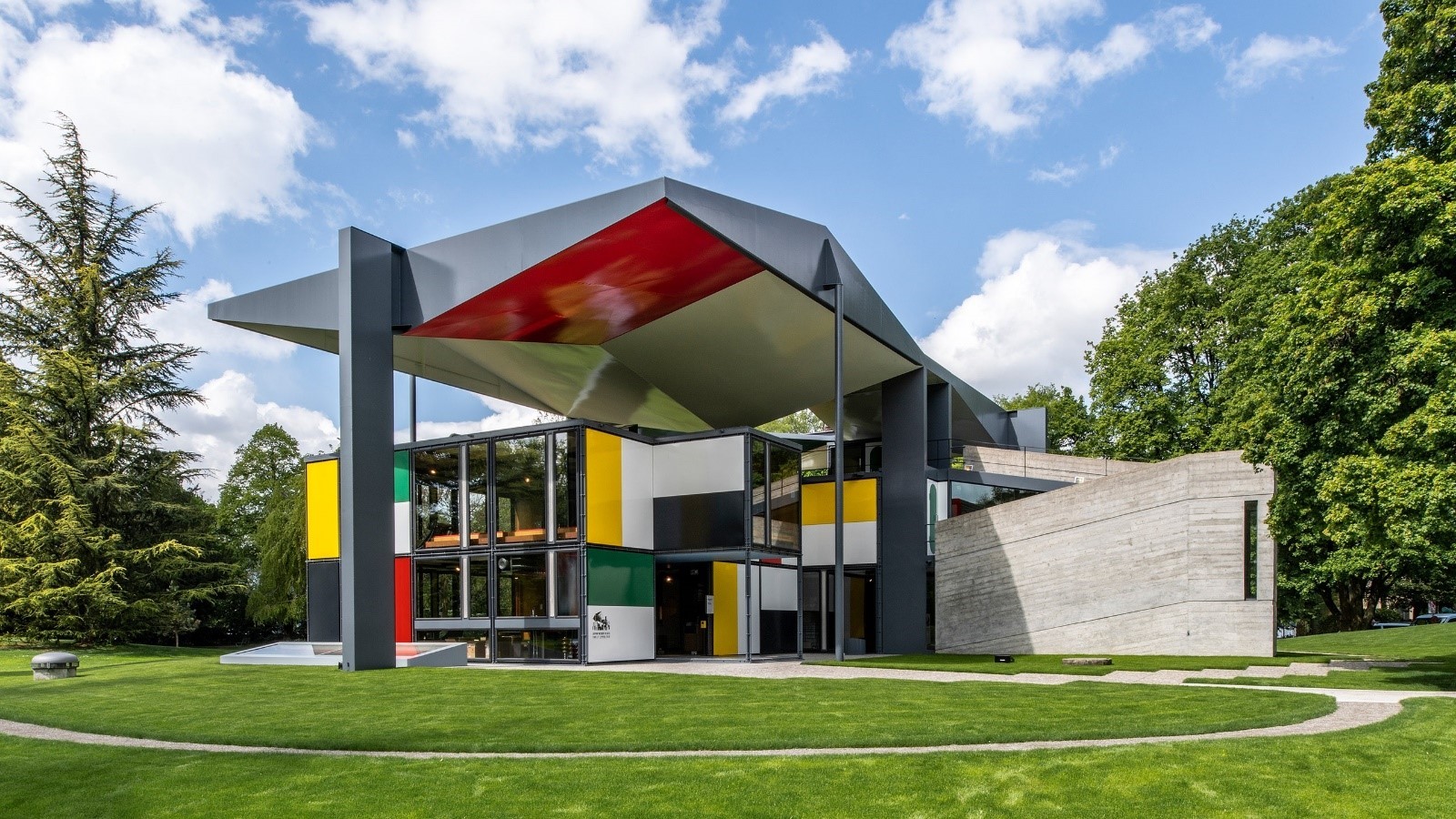
Impact of Modern Architecture in Society
In Architecture, while the concept of shelter is a fairly simple thing, the style of buildings was originally shaped by the climate of a particular location, what materials were readily available, as well as the cultural values of the society building them. With progressing times, the world became more and more connected, the styles evolved, but even in modern construction, there is still an importance in honouring the cultural nuances in the built environment.
The type of structures that we construct has to take into account multiple factors such as disaster management, efficient space utilization, the need for sustainability, and the worsening climatic conditions. The basis for the sustainable development of human settlements is the effective planning of urban settlements based on the concept of compact development as opposed to extensive territorial growth. The never-ending saga of human settlements and the exponentially increasing population makes architecture lose its essence of function and mostly aims at providing bare minimum shelters. The methods undoubtedly provide a living space but lack in many key aspects such as proper zoning and distribution of circulation space and getting the right amount of sunlight. Thus, the built spaces are not as aesthetically pleasing and don’t have harmony among spaces as well as in the neighbourhood.
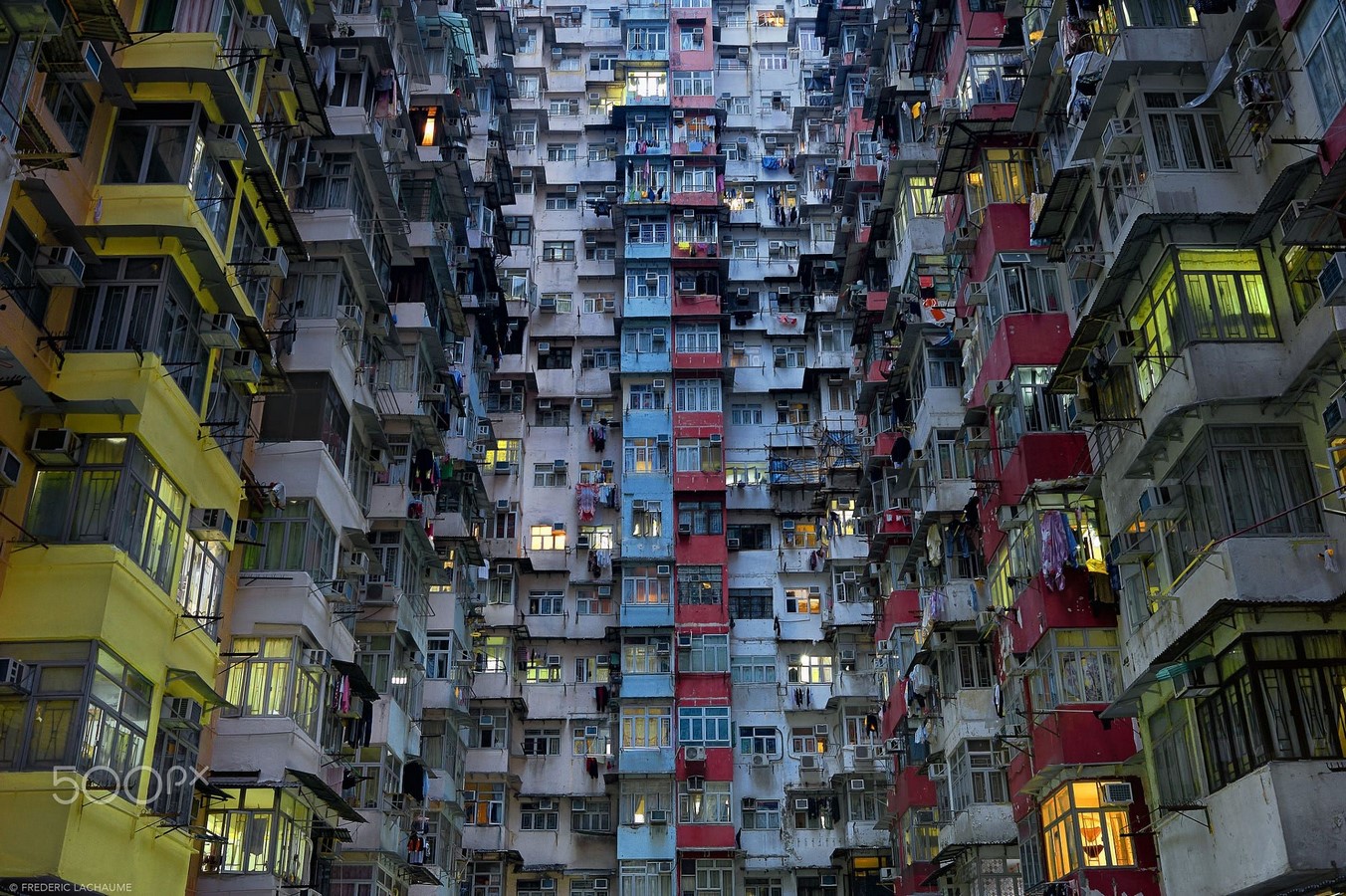
Socio-economic effects on Architecture
The socio-economic impact depends on the level and degree of economic development of the country and society, the social structure, and the demographic structure of the population that are undergoing slow but significant changes. Thus, the socio-demographic changes are dynamic and, accordingly, the urbanization processes are largely connected with the general economic conditions of the country’s economy. In highly developed countries with regulated market conditions, the gradual improvement of living standards of the population determines the needed growth of appropriate living conditions, requirements, and leisure. Increasing the degree of availability of housing and institutions of cultural and community gatherings, as well as improving comfort and buildings accordingly. These processes cause the construction of houses for residents and the creation of a wide network of specialized housing for older people as well.
The amount of wealth one spends whether as a country or as an individual highly impacts the type of architecture we get to see in any particular region around the world. The living standards of people often determine their needs thereby leading to a certain style of construction which becomes a common practice within the community.
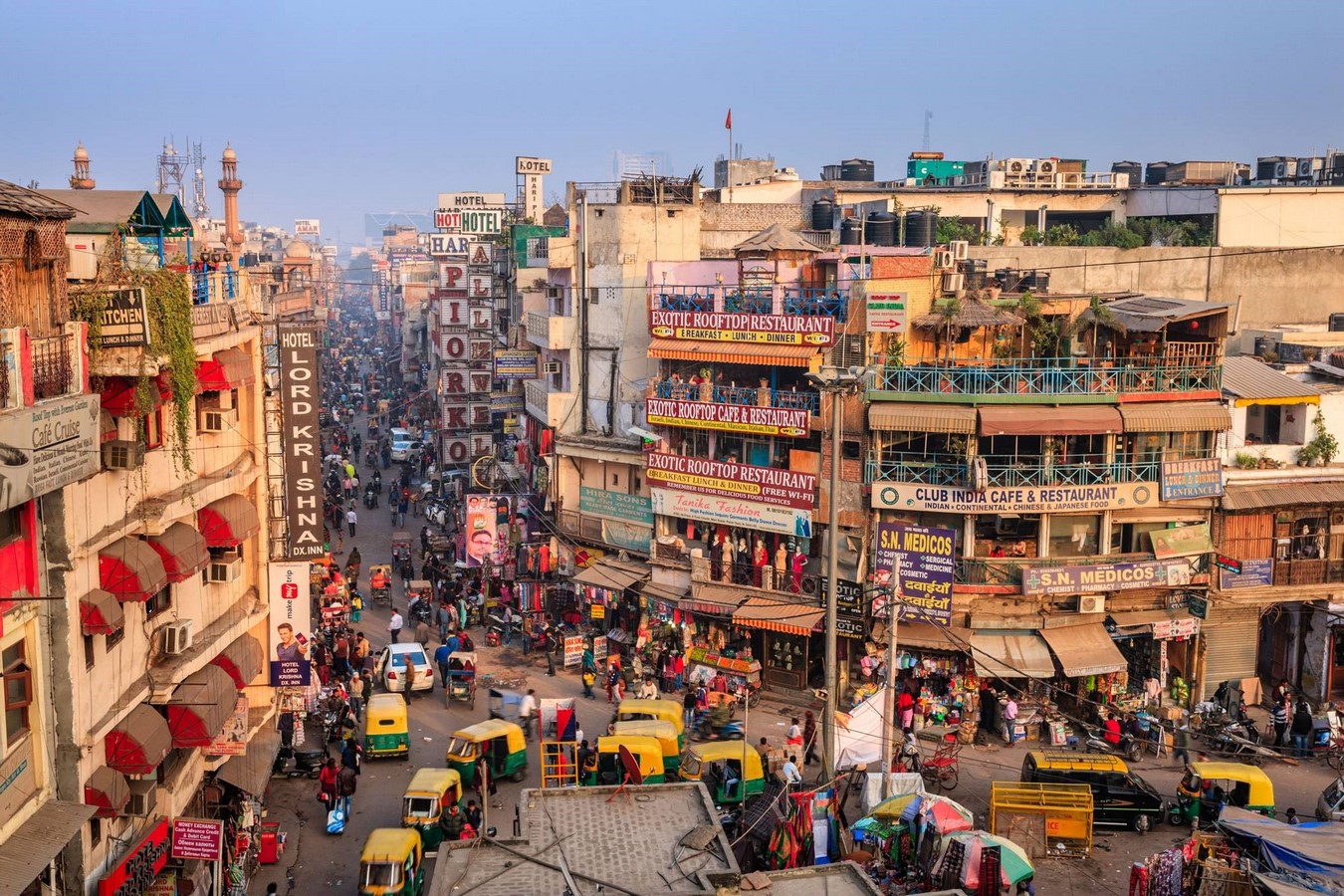
Impact on Environment
The need for accommodating environmental factors in architecture is long overdue and is the need of not only the future but the practice has to start from today. These factors are closely related to the natural geographical factors. Architects need to use durable and “green” building materials and construction techniques. The creation of a “friendly environment” microclimate of residential built spaces and ensuring the organic inclusion of new urban objects in the existing natural and architectural environment depends largely on the design of the architect.
Along with these modern stringent requirements to reduce energy consumption, particularly of non-renewable forms of energy makes us ignore the need for minimizing construction waste, recycling of construction materials and waste, it is also needed for the formation of effective architecture, transport, and environmental systems.
The inclusion of terraced gardens, vertical gardens, roof car parking, underground parking lots are all measures to save construction space and thereby making it cost and space-efficient.
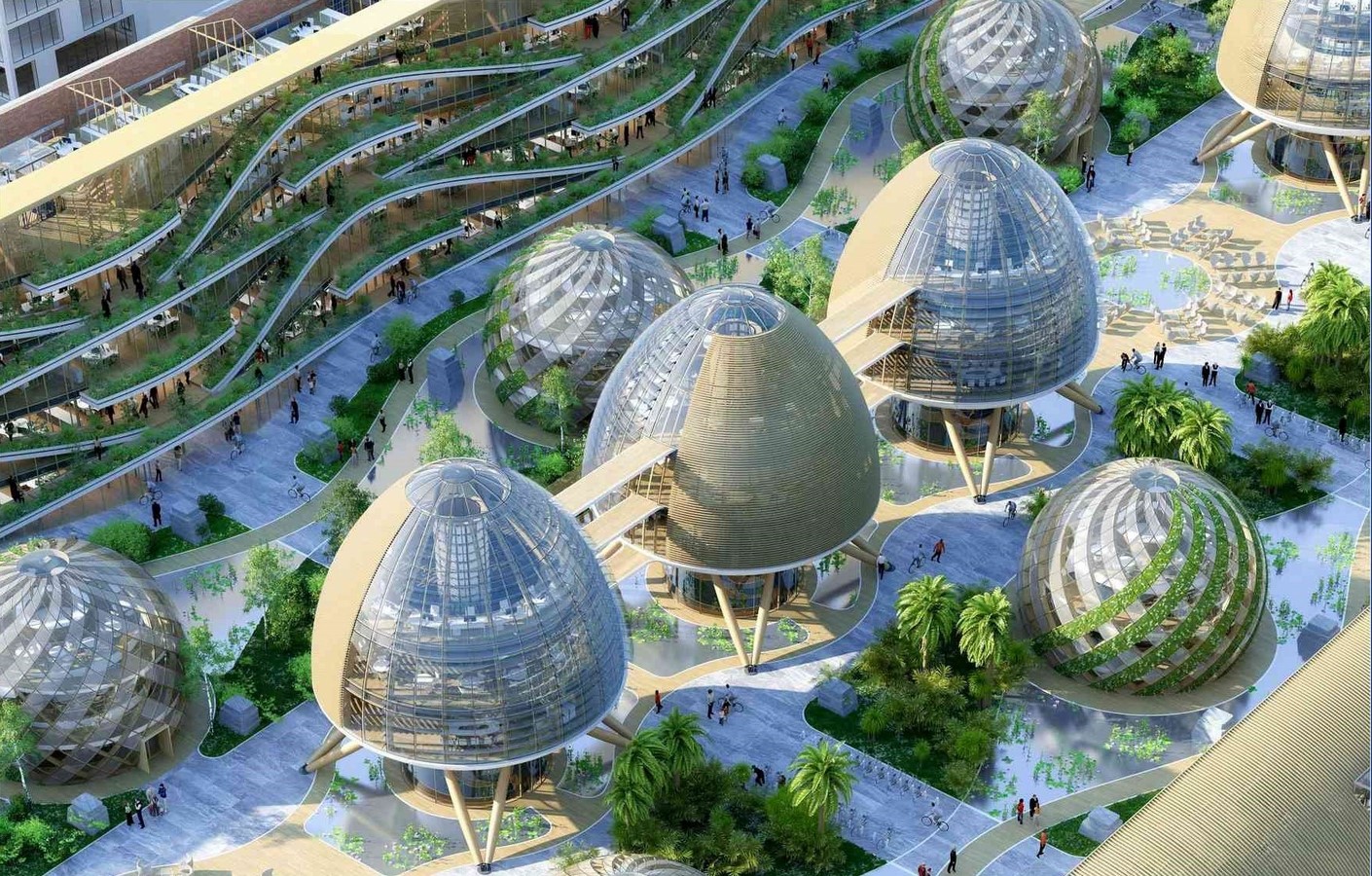
Postmodernism
Modern Architecture in the 21st century also known as, Postmodernism, is a reaction to the formality of Modernism. The idea of progress – that we are gradually heading down a path towards a universal goal – was replaced by ideas of profusion and diversity. Not a unilateral path, but a network of connections and interrelations. Modern thought emphasized direction, order, coherence, harmony, and stability, while Postmodern thought emphasizes fragmentation, multiplicity, eventuality, and contingency.
In the 21st century, Postmodernism has split into several different architectural styles; Neoclassicism, Deconstructivism, High-tech Architecture.

The evolution of architecture is unstoppable, and with changing times and needs of humans, it is an inevitable change. Architecture involves the design, thought and function, with all these in perfect balance. Our surroundings and requirements define how much a particular built structure or a construction style impacts our lives. Architecture aims to make living in a space more practical and comfortable, also makes the external façade aesthetically beautiful, with the same time being coherent with the surroundings. It makes the structure stand out while being apart from the crowd. That is the beauty of the art called architecture.













